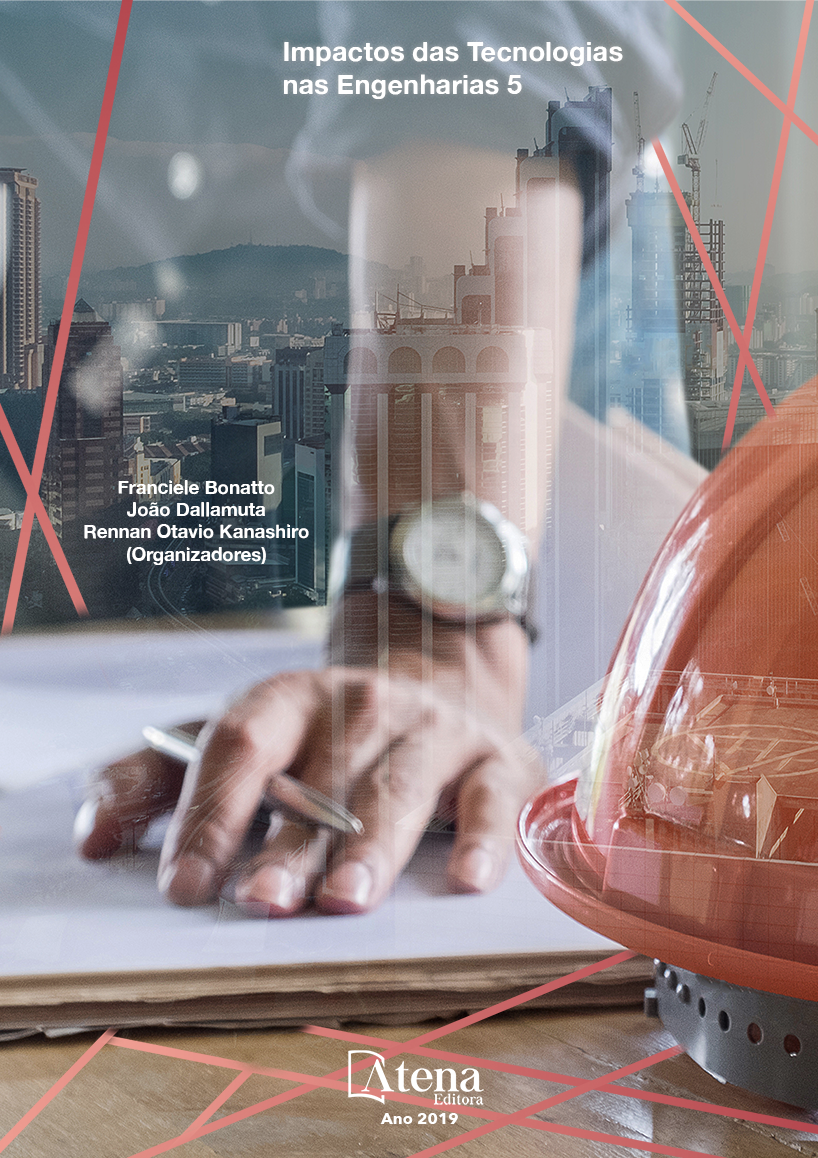
INFLUÊNCIA DO FRACIONAMENTO DE PETRÓLEO POR SISTEMA PRESSURIZADO PARA A DETERMINAÇÃO DE ÁCIDOS NAFTÊNICOS POR GC/MS E GC×GC/TOF-MS
Neste trabalho foi avaliado o
comportamento da distribuição de compostos
ácidos nas frações SARA de petróleo oriundo do
Pré-Sal empregando a Cromatografia Líquida
Preparativa. O fracionamento foi realizado em
sistema “home made” com pressão constante
(1500 psi) para avaliar o efeito do fluxo de
solvente, tamanho da coluna, quantidades
de solvente e a razão benzeno:hexano dos
aromáticos. A extração por troca iônica é
utilizada para limpeza dos ácidos da fração
de resinas e a análise de todas as condições
experimentais foi realizada por GC/MS e a
melhor condição analisada por GCxGC/TOFMS. Os resultados mostraram que as variáveis
como quantidade de adsorvente e quantidade
de benzeno utilizado para a extração de
compostos aromáticos têm influência na
separação das frações e na caracterização dos
ácidos naftênicos. A técnica de cromatografia
bidimensional abrangente mostrou-se muito
importante para a análise qualitativa de ácidos,
contribuindo para a identificação de ácidos
cíclicos e com mais de dois anéis na estrutura.
INFLUÊNCIA DO FRACIONAMENTO DE PETRÓLEO POR SISTEMA PRESSURIZADO PARA A DETERMINAÇÃO DE ÁCIDOS NAFTÊNICOS POR GC/MS E GC×GC/TOF-MS
-
DOI: 10.22533/at.ed.95419150310
-
Palavras-chave: Petróleo, Frações, SARA, Ácidos, GCxGC
-
Keywords: petroleum, SARA, acids, GCxGC, fractions
-
Abstract:
In this work is to study the behavior of the acids distribution in the
separate the petroleum from the “pre-salt reservoir” in saturates, aromatics, resins
and polar compounds employing the Preparative Liquid Chromatography technique.
The separation is realized in home made system with constant pressure (1500 psi) to
evaluate the effect of the solvent flow, length of the column, quantities of solvent and the
ratio benzene/hexane of the aromatics. The ion-exchange extraction is used for cleanup of the acids of the resins fraction and the analysis of every experimental conditions
were realized by GC/MS and the better condition analyzed in GC×GC /TOF-MS. The
results show that the variables as quantity of adsorbent and benzene quantity used
for an extraction of the aromatic compounds have influence in the separation of the
fractions. The comprehensive two-dimensional gas chromatography technique shows
to be very important for acids qualitative analysis contributing for the identification of
cyclic acids with two and ring in the structure.
-
Número de páginas: 15
- Juciara dos Santos Nascimento
- Roberta Menezes Santos
- Flaviana Cardoso Damasceno
- Silvia Maria Silvia Egues
- Elton Franceschi
- Lisiane dos Santos Freitas


